On Jan. 10, the Center for Disease Control and Prevention released a report that revealed that Wisconsin was ranked number one in the nation for
binge drinking.
Senior Laura Damerell said she didn’t think it was surprising.
“I have heard stories of people in my classes saying, ‘Oh I got wasted last night’,” she said.
In a state known for its drinking — surrounded by breweries and more bars than grocery stores, according to the geography blog FloatingSheep — college students are no exception.
Freshman Erin Bernardy played a game during her fall semester orientation. During an activity about alcohol studies, they asked her freshman group to measure out a shot into a plastic cup.
“Most people put in a half of a cup of liquor,” Bernardy said. “So we definitely have a binge drinking issue, but I don’t know what to do about it.”
Jennifer Lee, director of UW-Eau Claire’s Center for Alcohol Studies and Education, says the survey results create no surprise or shock for her.
“Wisconsin has been number one for high-risk alcohol use for a while,” she said. “This survey just showed a different angle — the new CDC reports more drinks per binge … and that’s pretty frightening.”
The CDC’s survey ranked states based on the number of binges per month, drinks per binge and the largest demographic of binge drinkers. They define binge drinking as consuming four (for females) or five (for males) drinks in a short amount of time. The average serving size of alcoholic beverages, according to CASE, is a 4-5 oz. glass of wine, 10-12 oz. of beer or 1-1.25. oz of hard liquor.
Wisconsin took first place in nearly all the categories: just under 26 percent of Wisconsin residents report they recently binge drank. They report an average of five binge sessions a month, with drinks per binge at nine. The largest group of bingers is 18 to 35 year old.
Compared to the national average of nearly 17 percent, four binges and eight drinks, respectively — the numbers reveal what University Police Chief David Sprick said can partially be attributed to a “drinking culture” in Wisconsin.
“If you go to the mall in Green Bay, you can buy beer. There are dozens of taps in the bowling alleys in Madison. You can drink with your parents if they allow it in certain restaurants — but it doesn’t make it right,” Sprick said.
Bernardy came to Eau Claire from Minnesota and she said the results of the survey is expected.
“I did know Wisconsin is a drinking state; there’s bars pretty much on every corner,” she said.
Lee said that the survey sheds new light on old issues, with Wisconsin being known and ranked number one for drinking.
“These numbers make us number one in excessive drinking,” Lee said. “This isn’t good because it is the third leading cause of preventable death in the United States.”
Lee added this is not just a local issue.
“I think with college it’s a nationwide issue that students binge at a higher rate than peers who don’t go to college,” she said.
Like any college, numbers show that students at Eau Claire drink more than the national average.
The 2010 National Survey on Drug Use and Health reports that 22 percent of underage students and 30.3 percent of of-age students binged in the past month. The survey also showed the national rate of binge drinking in 2010 at 40.6 percent for young adults aged 18 to 25.
According to a 2011 CASE presentation, 56 percent of Eau Claire students said they had binged in the last two weeks, and 48 percent said they binged in
the last year.
Compared to the CDC’s findings, Eau Claire reflects Wisconsin’s high average: When it comes to of-age students, the number of bingers in Eau Claire is higher than Wisconsin as a state.
While the number of drinks per binge for Eau Claire students is not readily available, the age demographic and numbers of students who binge align with the CDC’s findings of Wisconsin as a heavy and high-risk drinking state.
“(Drinking) is incorporated in the culture in the way it’s not in other places,” Lee said. “And it’s tough, I think, for people in a culture to recognize what stands out about your own culture when that’s all you’ve known.”
Damerell said that the numbers collected don’t necessarily reflect the entire campus’s population, or Eau Claire as a whole.
“I feel like it’s really common on a college campus, so the numbers are going to be skewed through different college towns,” she said.
In comparison to the past decades, the seemingly high numbers and incidents of high-risk drinking are scant.
Sprick has been with on-campus police for 30 years and said that behaviors associated with high-risk drinking have decreased.
CASE’s data shows that the average number of drinks per week in 2010 was approximately six. This is a sharp decrease from 2002, when the average was 8.9 and alcohol consumption in last 30 days was 87 percent (compared to the 2010 rate of 75.5 percent).
“Our students seem to be mostly sensible nowadays,” Sprick said. “It used to be pretty disruptive — the last few years have been manageable.”
Sprick said this is in part to education programs, such as those CASE offers.
“It’s about educating and informing about reality, not going off of perception,” he said.
Bernardy said that surveys such as the CDC’s or CASE’s can meaningless for some people.
“People don’t really look at surveys, they just experience it for themselves,” she said.
Bernardy and Damerell, despite their age difference, share something in common: neither of them binge drink, according to them.
“I don’t agree with it, but I feel like it’s a thing that students or young adults go through as a rebel period,” Damerell said.
Regardless, the numbers are there. The parties continue on each weekend. Citations are written, detoxes happen and money is lost in bar tabs; Wisconsin is, statistically and culturally, a drinking state.
“I think there’s some celebration sometimes about being number one,” Lee said. “But this is not something to celebrate.”


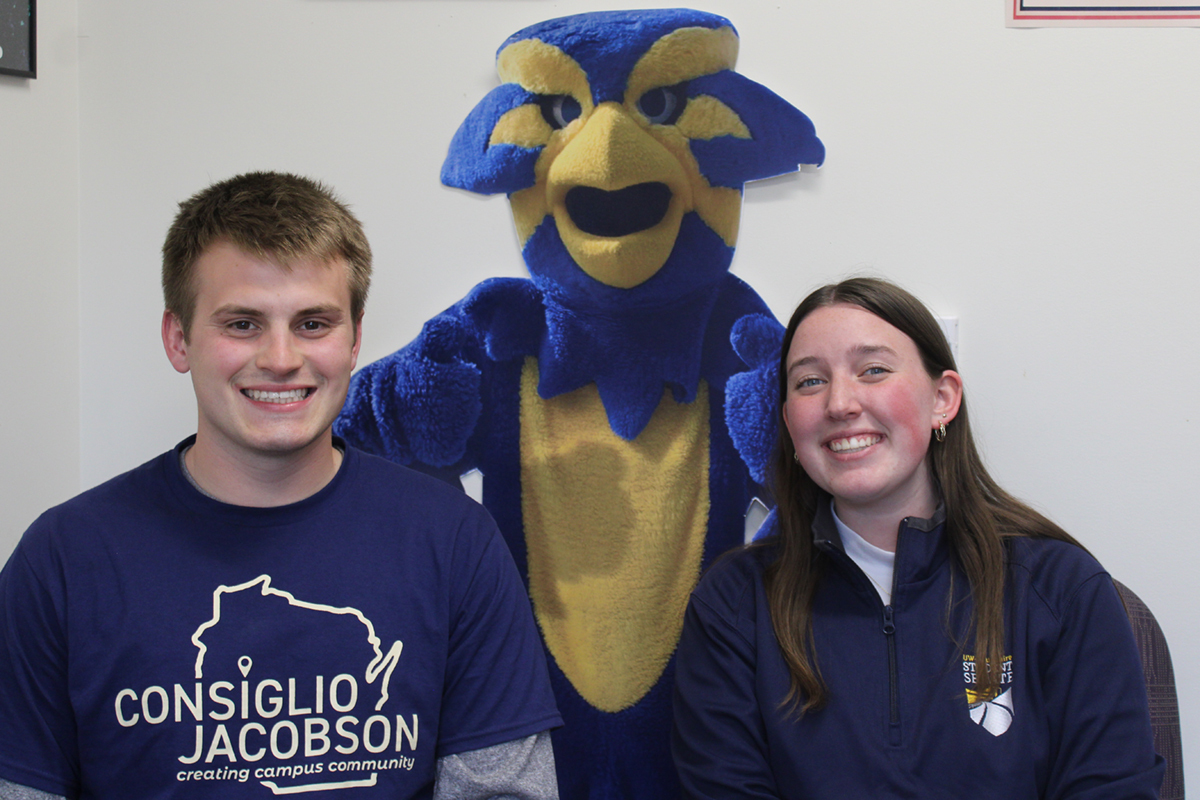
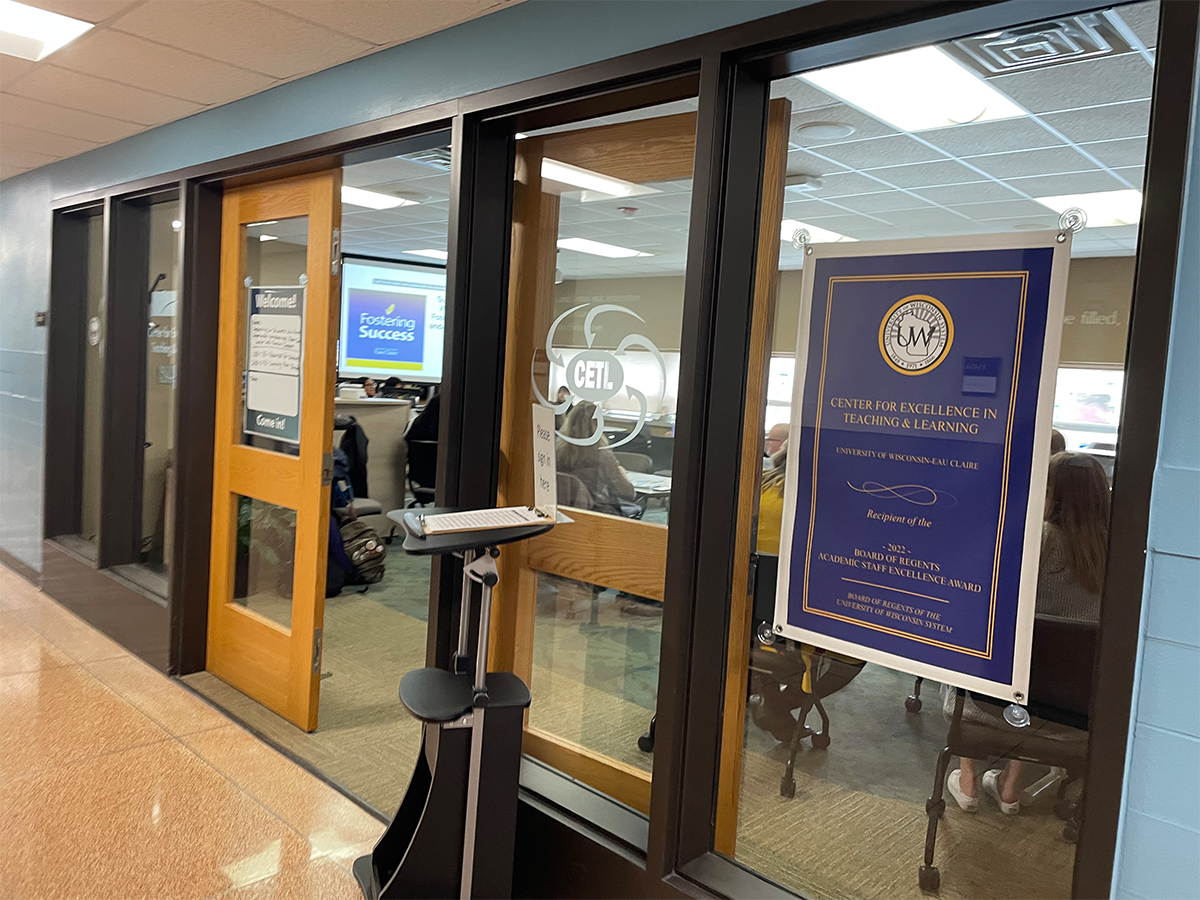
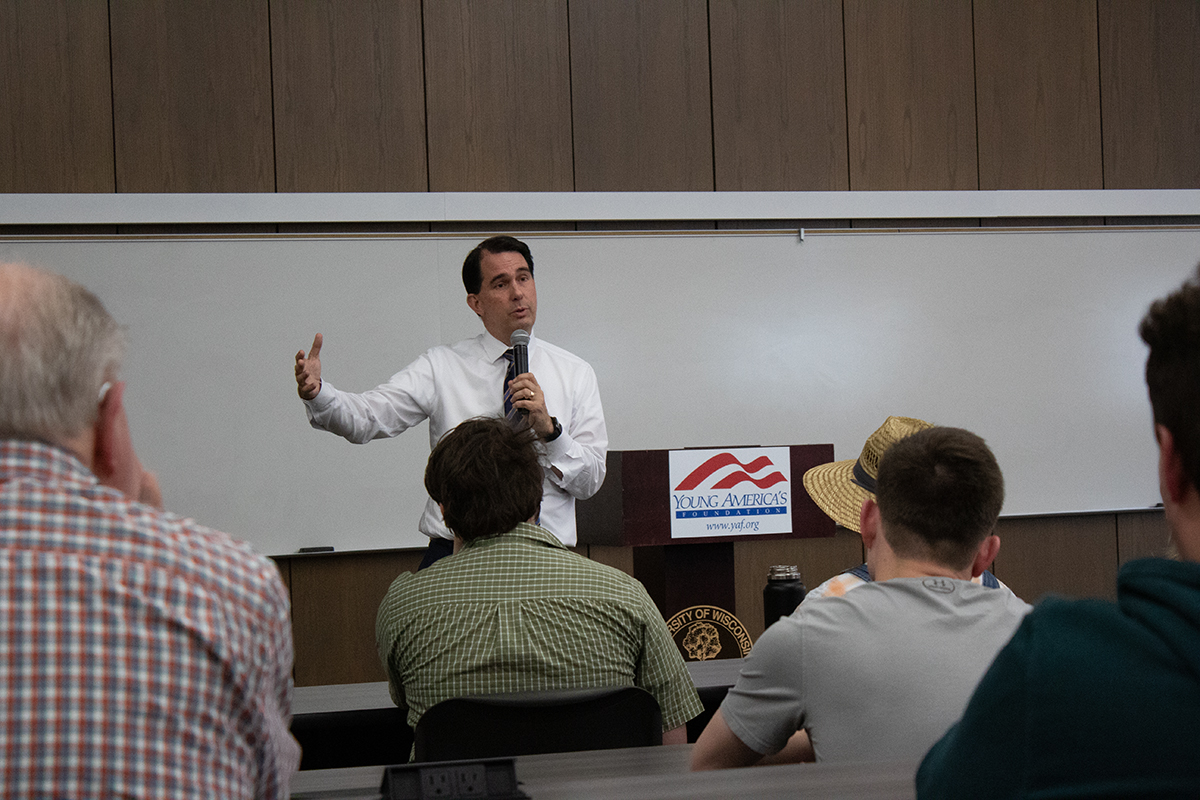
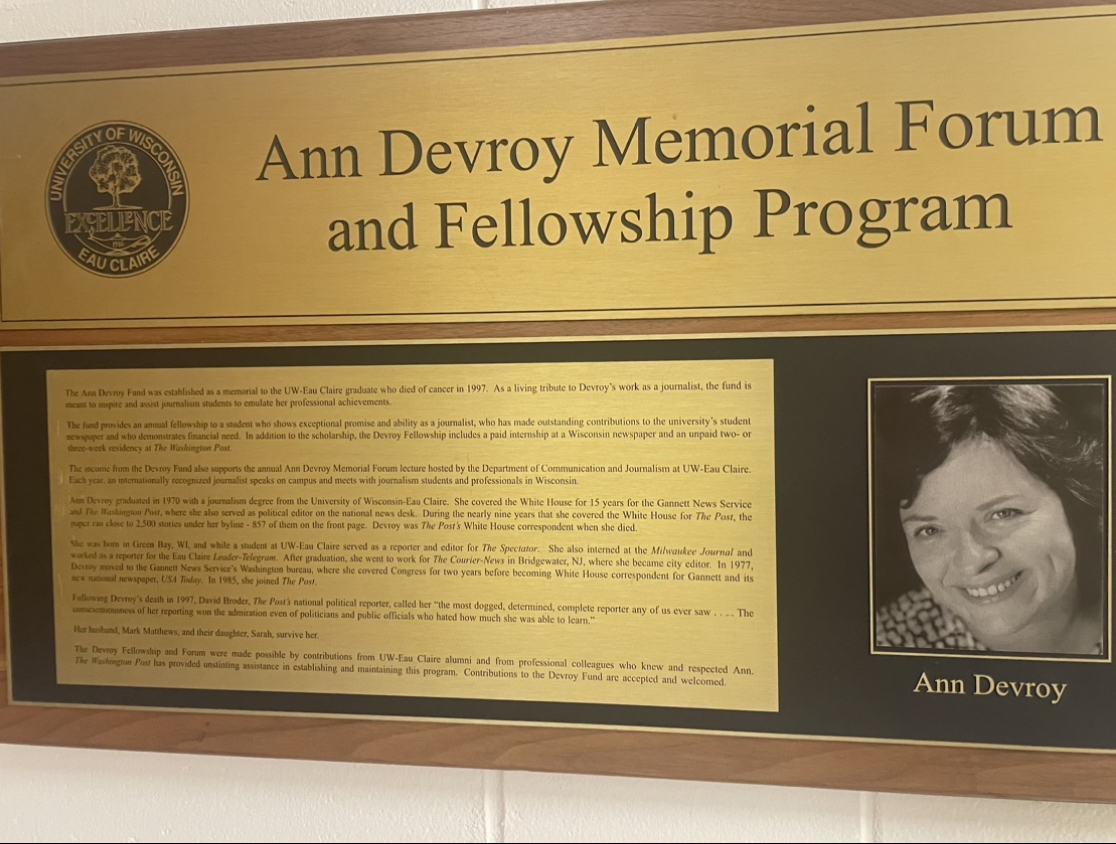
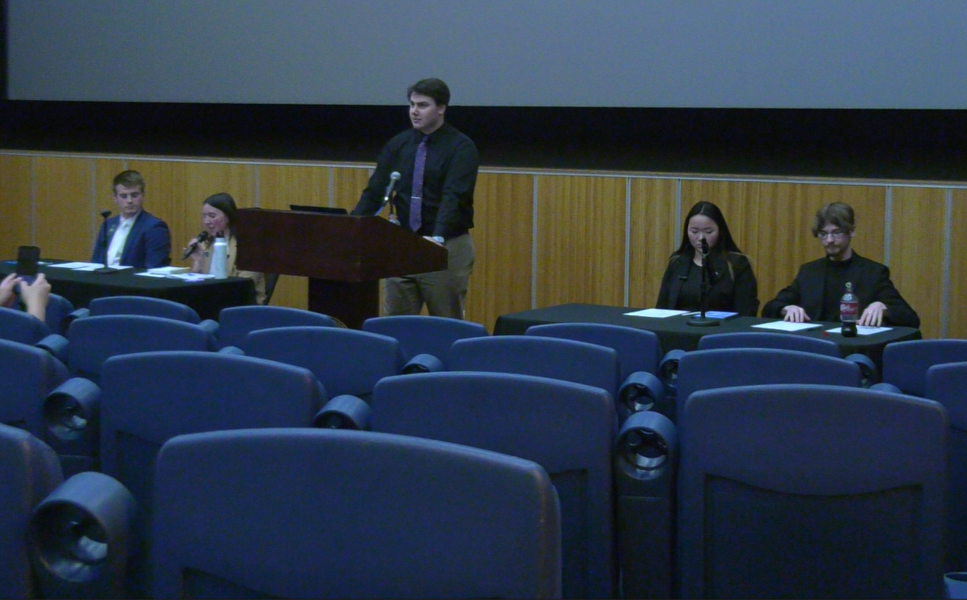
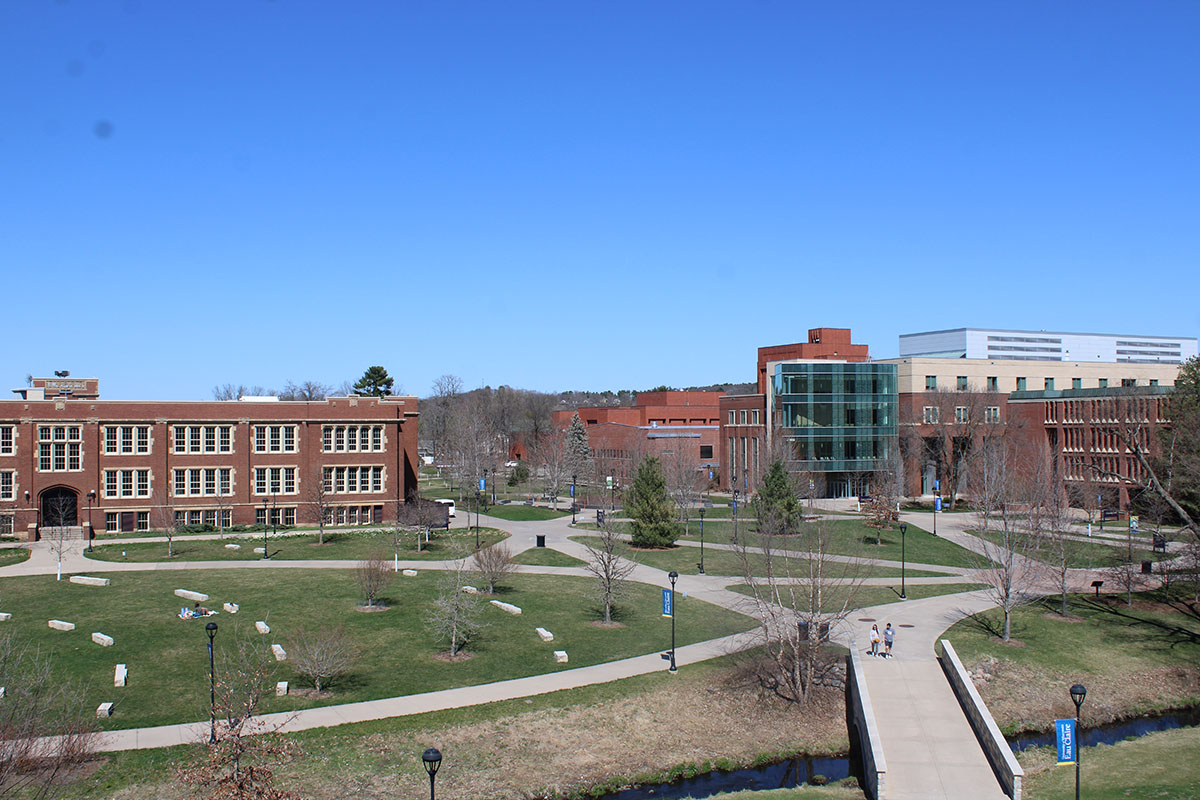
Ben • Feb 5, 2012 at 7:11 pm
How about some mention of the fact that WI was once considered the Germany of America? I’m all for responsible drinking but we should also be proud of our heritage. We shouldn’t regret or feel shame for having a high amount of breweries or percent of people who like to enjoy a beer with their dinner. Plus, let’s be honest, there’s not much to do in Eau Claire besides get together with friends and drink.